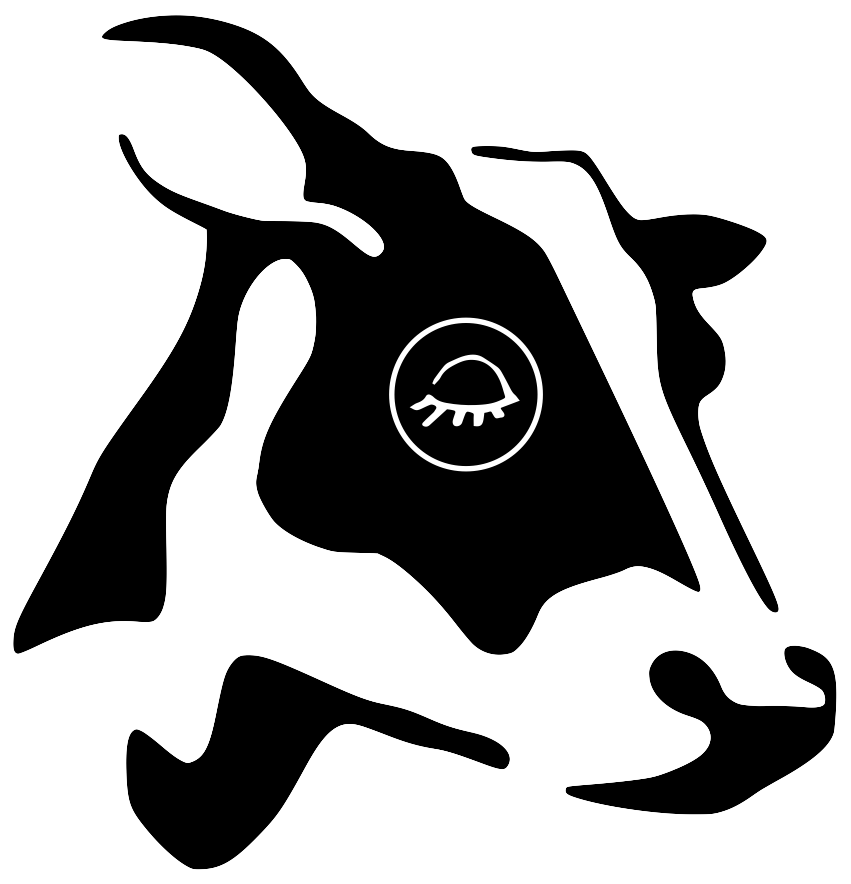Greenhouse Gases
Protein’s important, and delicious.
However, farming alone is currently on track to produce enough greenhouse gases to take us above the 2°C global warming danger level.
And what’s the biggest emitter of greenhouse gases in farming?
Cows.
A kilogram of beef is responsible for more greenhouse gas emissions than driving for 3 hours while leaving all the lights on back home.
According to the World Resources Institute, each year, beef provides 3% of the calories in the US diet, yet is responsible for more than half of the emissions.
This chart shows you the relative greenhouse gas impact of different protein sources.
You can get the same amount of protein, and cut your greenhouse gas emissions by 85% by choosing pork or chicken instead of beef.
That said, pork and chicken cause a whole host of other problems, and you can get the same amount of protein and cut your greenhouse gas emissions by a huge 95% by choosing beans, pulses etc.
In fact… just looking at greenhouse gas emissions per serving of protein, lamb is even worse than beef, so it’s important to cut down on lamb too.
The reason this campaign is all about beef is because lamb is less popular, and beef is worse in other ways.
Why Do Cows Produce So Much Greenhouse Gas?
Cows evolved to eat grass. They can’t live without grass (or something similar).
Throughout history this has been incredibly useful because cows have been able to turn grass into food for us.
But now that most of the world has an excess of food (about 1/3 of food is wasted globally), we don’t need to turn so much grass into food. Meanwhile the enormous number of cows on Earth is starting to cause big greenhouse gas problems, for two reasons…
1. Methane
When cows (and sheep) digest grass, they produce a lot of methane (famously in their farts, but actually more in their burps and exhalations).
Methane is 86 times more potent a greenhouse gas than carbon dioxide over 20 years.
There are ideas being explored for reducing the amount of methane that cows produce.
2. Land
Cows are extremely inefficient with their food, which means a huge amount of land is needed to grow enough food for them.
Every year, vast swathes of forest are cleared to make way for cattle farms.
Since forests are one of the most important global stores for carbon dioxide, this is a problem.
When compared to even the best managed pasture lands, forests store more than 10x the carbon.
The biggest reason forests are destroyed worldwide isn’t for paper or furniture: it’s for the beef industry.
If the same land used to feed cattle was used to feed humans instead, there’d be a very noticeable drop in our greenhouse gas emissions.
Carbon Dioxide vs. Methane
Taking a short-term view (anything less than 1000 years), methane is a much more potent greenhouse gas than carbon dioxide.
If you’re worried that we might be approaching an imminent climate disaster, then you ought to be most worried about methane.
Cows are one of the world’s biggest sources of methane.
If you’re worried about how greenhouse gases released now will affect the distant future, then you ought to be worried about carbon dioxide.
The beef industry as a whole not only produces a lot of carbon dioxide, but more importantly, it destroys forests that could have been absorbing carbon dioxide.
Whichever way you look at it, giving up beef is a very easy and extremely effective way to combat greenhouse gas emissions.




